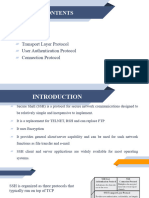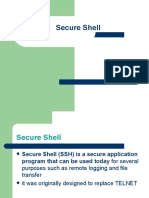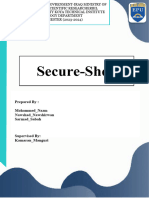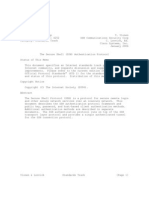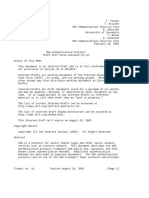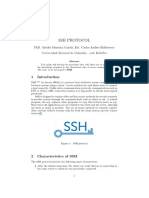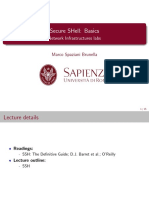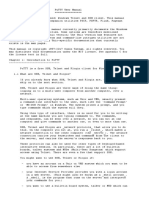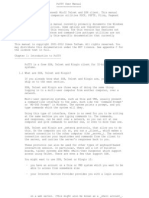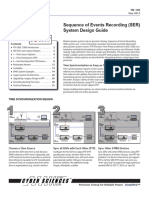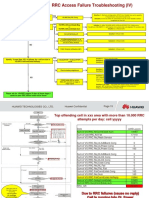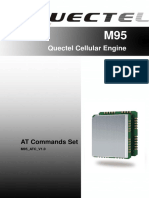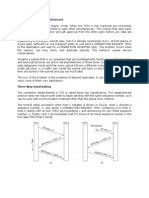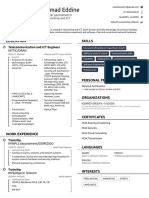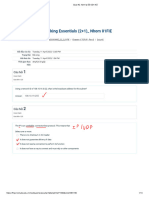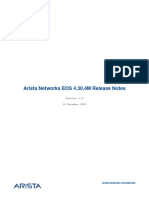0% found this document useful (0 votes)
87 views7 pagesLecture 13 - Secure Shell
The Secure Shell (SSH) protocol provides secure login and file transfer over insecure networks. It has three components: the transport layer for encryption and server authentication, user authentication such as with passwords or keys, and the connection protocol that multiplexes channels like for remote shells or port forwarding. SSH uses strong encryption and authentication to protect against sniffing passwords, man-in-the-middle attacks, and replay attacks on the network.
Uploaded by
Akt PariharCopyright
© © All Rights Reserved
We take content rights seriously. If you suspect this is your content, claim it here.
Available Formats
Download as PDF, TXT or read online on Scribd
0% found this document useful (0 votes)
87 views7 pagesLecture 13 - Secure Shell
The Secure Shell (SSH) protocol provides secure login and file transfer over insecure networks. It has three components: the transport layer for encryption and server authentication, user authentication such as with passwords or keys, and the connection protocol that multiplexes channels like for remote shells or port forwarding. SSH uses strong encryption and authentication to protect against sniffing passwords, man-in-the-middle attacks, and replay attacks on the network.
Uploaded by
Akt PariharCopyright
© © All Rights Reserved
We take content rights seriously. If you suspect this is your content, claim it here.
Available Formats
Download as PDF, TXT or read online on Scribd
/ 7

